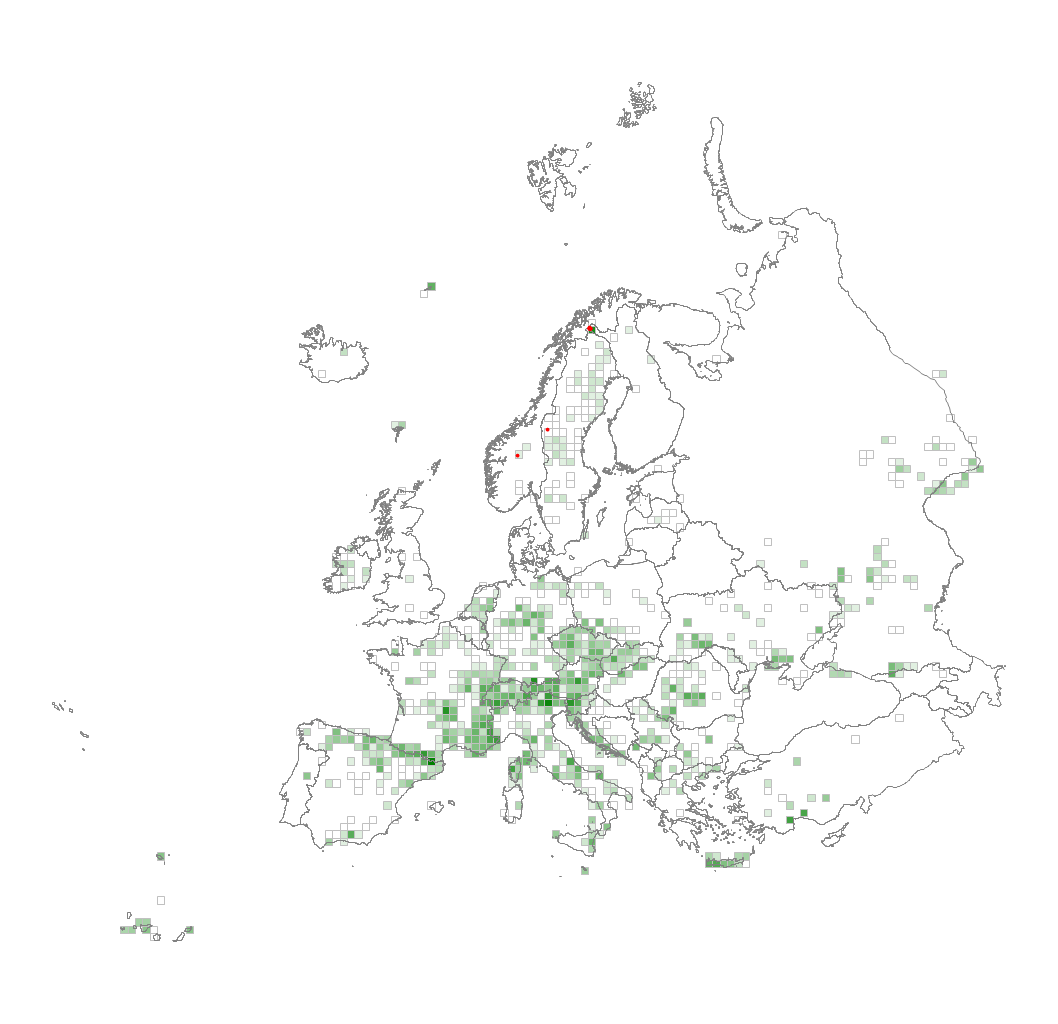U21 Boreal and arctic siliceous scree and block field
Boreal and Arctic sparsely vegetated siliceous boulders, stones or gravel screes occurring over base-poor substrates that harbour acidophilous plant communities. They are of diverse origin, uneven distribution through the region and often subject to continuing natural disturbance through rock falls, freeze-thaw or coastal erosion and deposition. The vegetation typically consists of lichens and bryophytes with different growth forms dominating different microhabitats, eg crustose and foliose lichens and small-cushion forming bryophytes on the sides of boulders, and fruticose lichens and mat forming bryophytes in the hollows between blocks. Where vascular plants find enough soil between blocks, they contribute a sparse cover.
Chytrý M., Tichý L., Hennekens S.M., Knollová I., Janssen J.A.M., Rodwell J.S. … Schaminée J.H.J. (2020) EUNIS Habitat Classification: expert system, characteristic species combinations and distribution maps of European habitats. Applied Vegetation Science 23: 648–675. https://doi.org/10.1111/avsc.12519
Version 2025-10-03, https://doi.org/10.5281/zenodo.16895007.
For the official presentation of the EUNIS Habitat Classification from the European Environment Agency, please see: EUNIS Terrestrial Habitat Classification 2021. The FloraVeg.EU presentation may show modifications and partial updates to the habitat classification.
